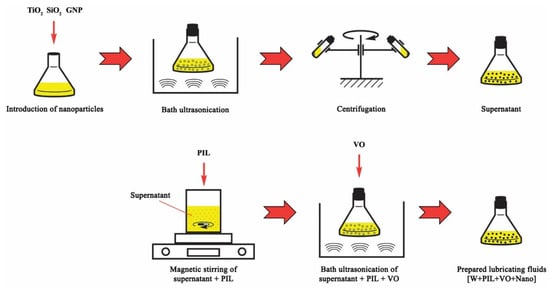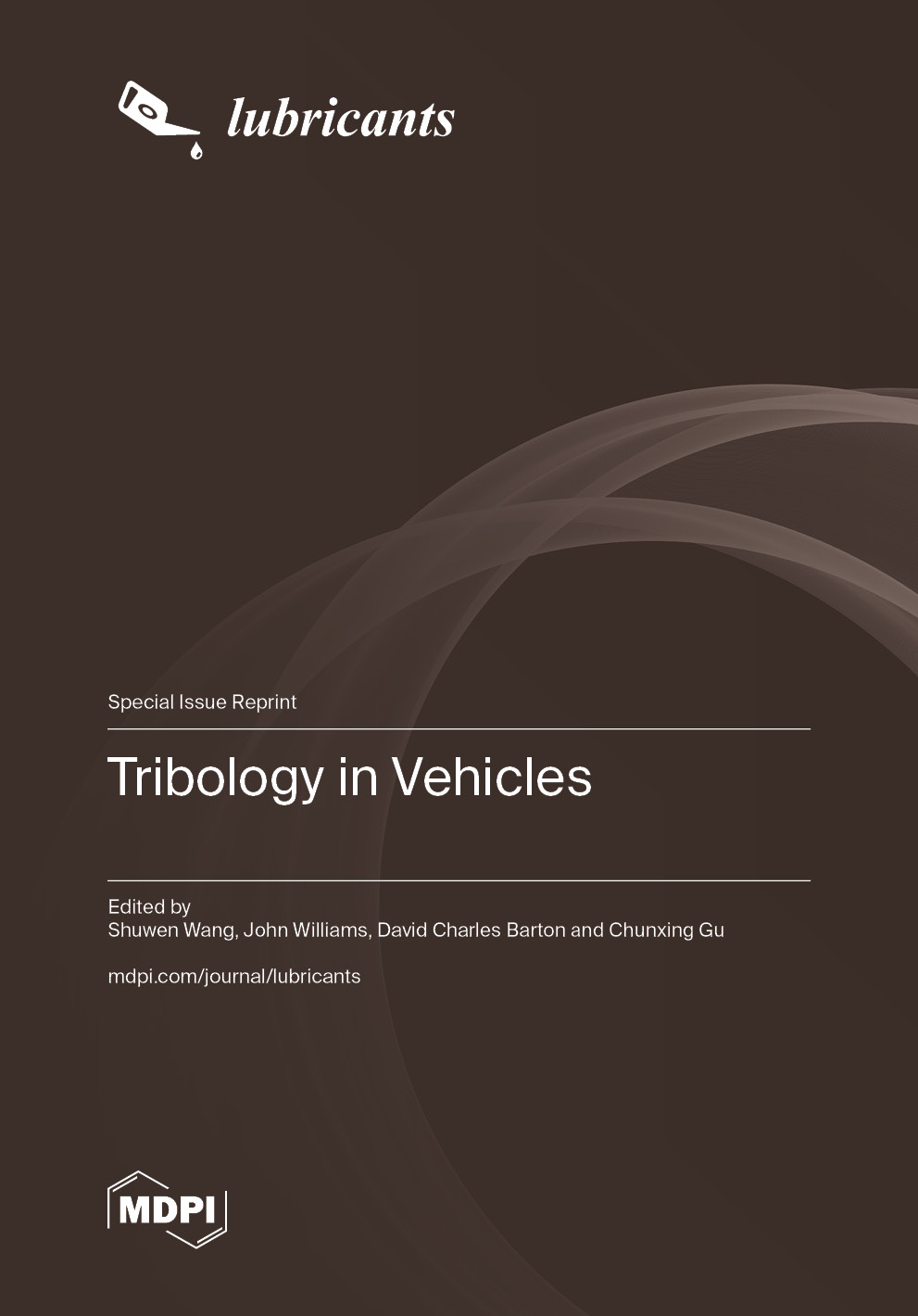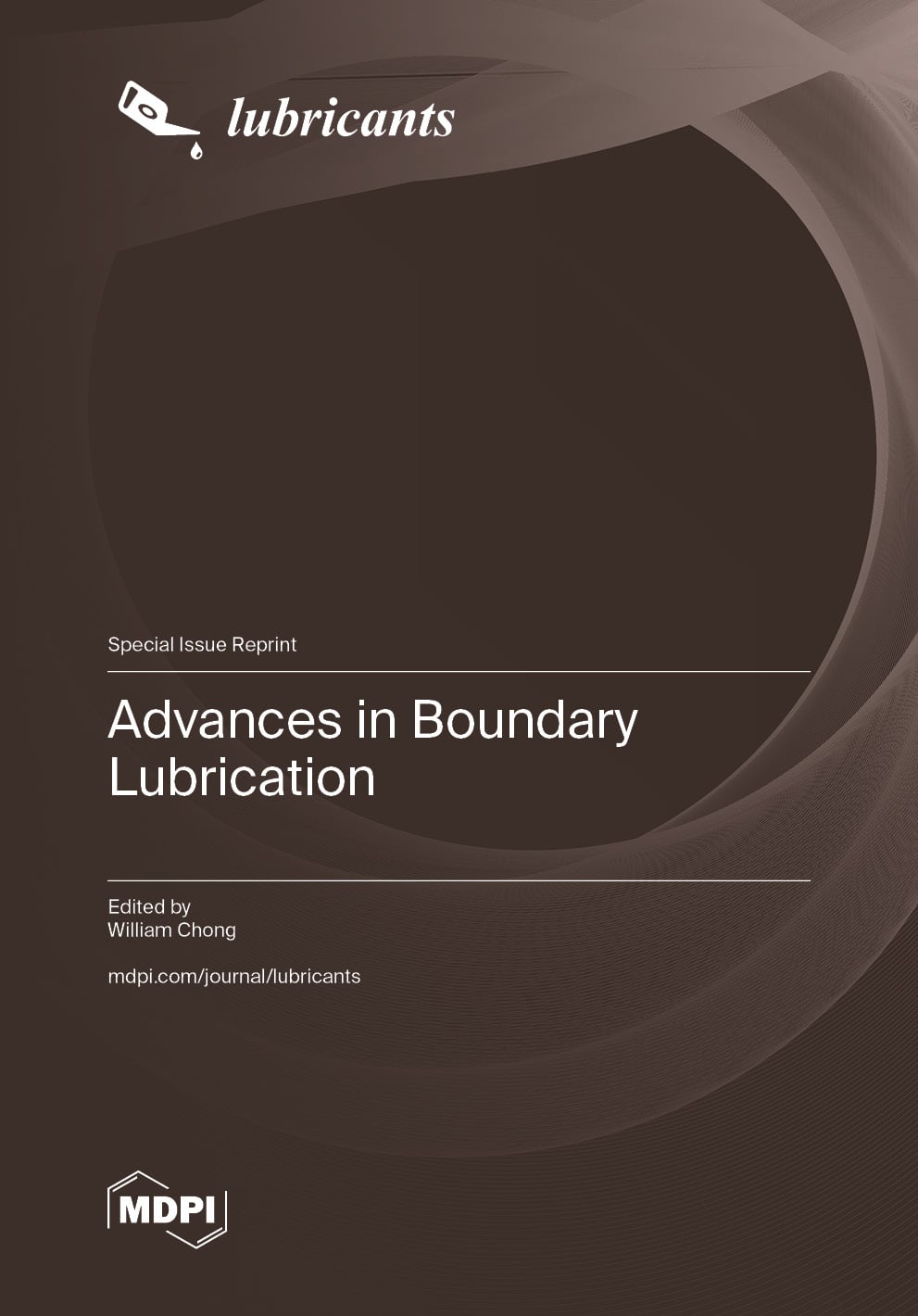- Article
Improving Tribological Properties of Oil-in-Water Lubricating Fluid Using Hybrid Protic Ionic Liquid and Nanoparticle Additives
- Raimondas Kreivaitis,
- Jolanta Treinytė and
- Artūras Kupčinskas
- + 2 authors
Water is attractive as a base fluid due to its availability and environmental friendliness. To enhance its lubricity, environmentally friendly additives must be applied. This study combined protic ionic liquid and several nanoparticles to form hybrid additives for an oil-in-water lubricant. The performance of these additives was evaluated using wettability, tribo-testing, and worn-surface analysis. The tribo-test employed a ball-on-plate reciprocating tribometer that used bearing steel/bearing steel and WC/bearing steel friction pairs. The results were compared with those obtained using two commercial additives. It was found that the investigated additives are promising candidates for water-based lubricants, as they exhibit comparable wettability. Moreover, they outperform the reference samples in terms of lubricity. According to the results, the suggested lubrication mechanism includes enhanced wettability, composite tribo-film formation, surface polishing, and mending.
22 December 2025




